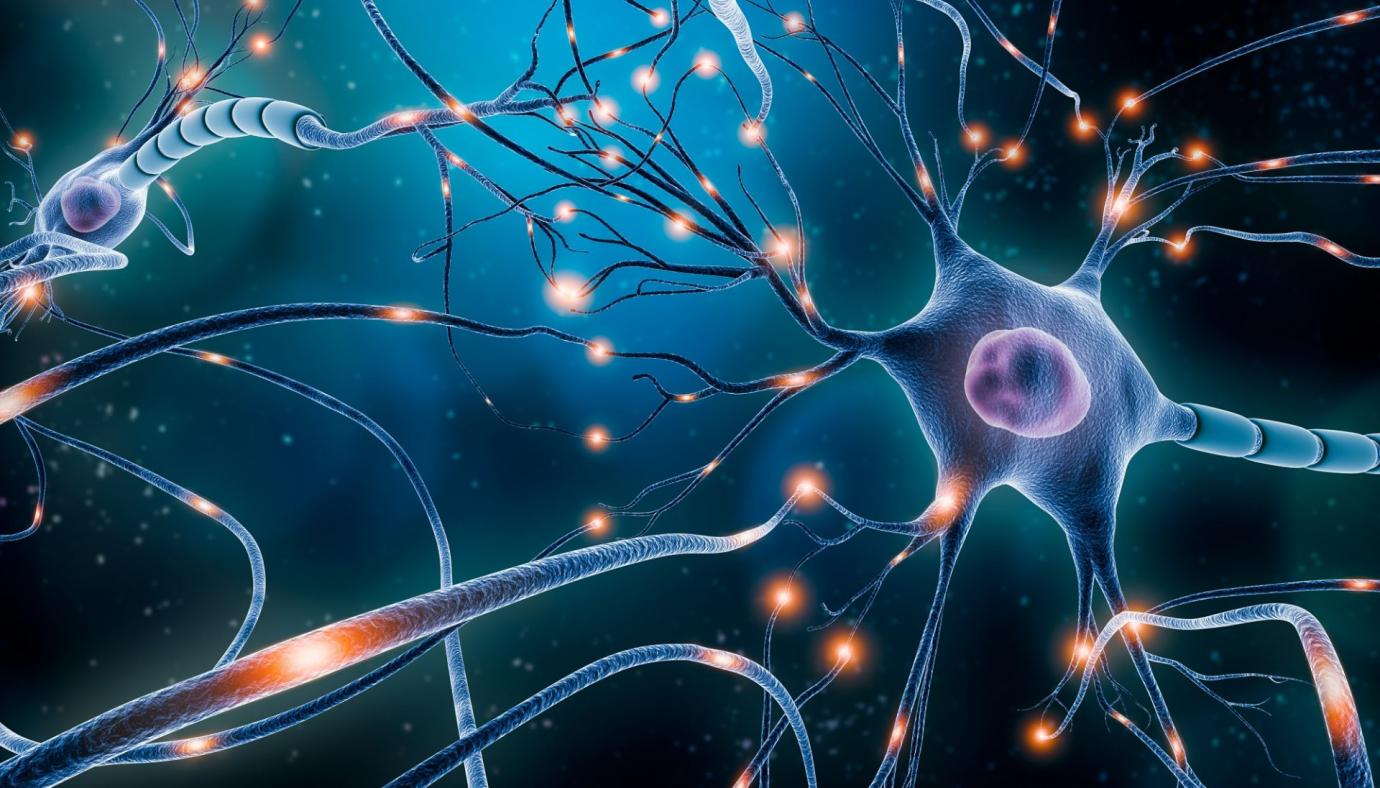What Are the Best Ways to Use Visual Cues to Influence Customer Behavior in Restaurants?
In the competitive world of the restaurant industry, every detail matters when it comes to attracting and retaining customers. Visual cues play a significant role in shaping customer behavior, creating a lasting impression, and influencing their overall dining experience.

Types Of Visual Cues
- Color Psychology: Colors have a profound impact on human emotions and behaviors. Warm colors like red and orange stimulate appetite and energy, while cool colors like blue and green promote relaxation and calmness. Restaurants can use color schemes to create specific atmospheres and evoke desired emotions in their customers.
- Lighting: Lighting can dramatically affect customer mood and perception of food. Dim lighting creates a romantic and intimate ambiance, while bright lighting provides a more energetic and lively atmosphere. Restaurants can use lighting techniques to highlight certain areas of the dining room or draw attention to specific dishes.
- Menu Design: The design of the menu plays a crucial role in influencing customer choices. A clear and concise menu with attractive visuals and strategic placement of high-profit items can guide customers towards making desired selections. Restaurants should carefully consider the layout, font, and imagery used in their menus to optimize customer engagement.
- Tableware and Decor: The choice of tableware and decor can greatly enhance the dining experience. Unique and visually appealing tableware can make dishes more enticing and memorable. Thematic decor can create an immersive atmosphere that transports customers to a different time or place, adding to the overall enjoyment of the meal.
Practical Applications
- Creating a Welcoming Atmosphere: Visual cues can be used to create a welcoming and inviting atmosphere for customers. Warm colors, soft lighting, and comfortable seating can make customers feel at ease and encourage them to stay longer.
- Guiding Customer Behavior: Visual cues can be strategically placed to guide customers towards specific actions. For example, restaurants can use signage to direct customers to high-profit areas of the menu or use floor decals to create a natural flow of movement within the dining room.
- Increasing Sales: Visual cues can be used to increase sales and revenue. Highlighting high-profit items with attractive visuals or using limited-time offers can create a sense of urgency and encourage customers to spend more. Restaurants can also use visual cues to promote upselling and cross-selling opportunities.
- Enhancing Customer Satisfaction: Visual cues can be used to enhance customer satisfaction and create a positive dining experience. Comfortable seating, clean and well-maintained facilities, and visually appealing food presentation can contribute to customer satisfaction and encourage repeat visits.
Visual cues are a powerful tool that restaurants can use to influence customer behavior, create a memorable dining experience, and increase sales. By strategically using color, lighting, menu design, tableware, and decor, restaurants can create an environment that encourages customers to stay longer, spend more, and return for future visits.
Experimenting with different visual cues and understanding their impact on customer behavior can help restaurants optimize their operations, improve customer satisfaction, and achieve long-term success.
YesNo

Leave a Reply